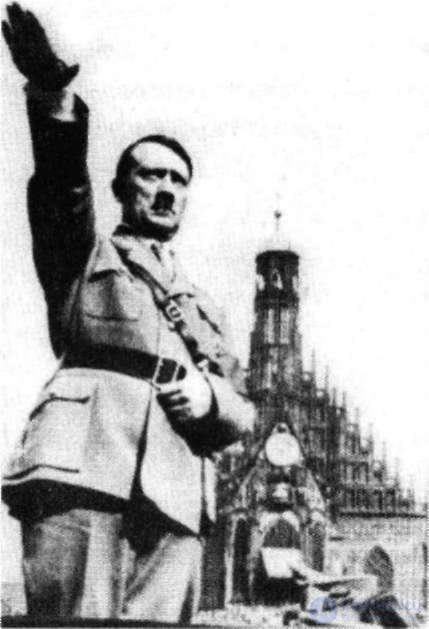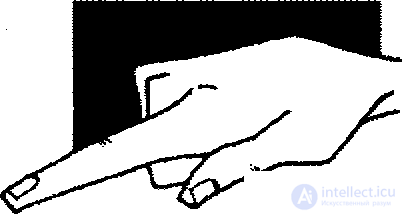People rarely pay attention to the position of the palm at the moment of specifying the direction, during the team and at the handshake. However, these gestures are among the most expressive. The position of the palm in such cases can give a person the strength and authority.
There are three basic palm gestures: palm up, palm down and palm with clenched fingers. The difference between these two positions is easy to see by example. Suppose you ask someone to lift the box and move it to another place. You say your request in the same tone, use the same words, do not change facial expressions. Only the position of your palm changes.
Hand palm up is a gesture of resignation. It does not carry a threat, reminds of the humble request of street beggars. From an evolutionary point of view, such a gesture shows that you have no weapons. A person who is addressed in this way does not feel pressure and danger. If you want someone to talk with you, you can use your hand palm up to show the other person that you are waiting for the conversation and are ready to listen.
For centuries, the hand, palm up, had a variety of meanings. There were such gestures as a hand raised in the air, or a hand pressed to the heart, and many others.
When the palm is turned down, you immediately emphasize your authority. The interviewee will feel that you give him the order to move the box. Such a feeling can cause antagonism. However, this is largely dependent on your relationship with the other person or your position on the career ladder.

Palm up = no threat.
Palm down = authority and authority |
By turning your hand from position with your palm up to position with your palm down, you can completely change the attitude of others to yourself.
| |
If you address a person who is equal in status to you, then a request made with the palm of your hand pointing down may be opposed. More willingly, he will respond to your proposal if you express it, turning your hand palm up. When referring to a subordinate hand, palm turned down, it will look quite appropriate, since your position allows it.
In the Nazi salute, the hand is turned down. It is a symbol of tyranny and power of the Third Reich. If Adolf Hitler had greeted the crowd, raising his hand palm up, no one would have taken him seriously. He would just laugh at him.

Adolf Hitler uses one of the most powerful historical signals - his hand, palm down When spouses walk alongside, the dominant partner, as a rule, is a man, moving slightly ahead. His hand is in the upper position, palm facing down. The hand of a woman is more often turned forward. This situation will immediately tell the attentive observer who is in charge of this family.
A pointing gesture with clenched fingers is just an ordinary fist. The index finger in such a gesture plays the role of a symbolic stick, with which the speaker forces interlocutors into submission. Such a gesture immediately causes subconscious negative feelings, since it precedes the blow. Most primates see it as a physical attack.

Index finger = "Do what I told you!" A pointing gesture with clenched fingers is one of the most unpleasant signals during a conversation, especially if it is used to draw attention to the words of the speaker. In some countries, such as Malaysia and the Philippines, you can only point to animals with your finger. If you point a finger at a person, you will inflict a deadly insult on him. Malaysians point to people and show direction with their thumb.



Comments
To leave a comment
Body language
Terms: Body language